How many laser hair removal procedures do I need to undergo per course?
Contents
One of the first questions you, dear clients, ask is, “How many laser hair removal sessions are needed to get rid of hair?”
The answer cannot be straightforward, as you are unique and your body is individual. Accordingly, hair growth intensity and reactions to cosmetic procedures vary. So, here are the criteria that affect the duration of your hair removal course.
Equipment
Laser equipment is one of the main indicators of the effectiveness of unwanted hair removal. The best results come from modern devices with diode and alexandrite lasers.
Laser hair removal with the Motus AX: how many sessions are enough for successful hair removal?
At LaserVille salons, we use alexandrite devices. They differ from previous generation devices in that they act effectively and simultaneously painlessly.
This is achieved due to, firstly, the gradual heating of melanin in the hair root. And secondly, the built-in cooling system with a sapphire tip, which prevents high temperatures from affecting surrounding tissues.
The number of sessions is reduced thanks to the efficiency of the device, typically 2-3-5 sessions fewer than, for example, with diode laser hair removal.
Professionalism of the specialist
The second important factor determining the number of sessions is the skill and experience of the hair removal specialist. Special training on equipment helps to choose parameters optimally suited to your specific combination of “skin type – hair color.” Thus, fewer sessions are needed.
An experienced specialist also understands the regeneration process, sees your specific situation, and correctly sets the intervals between sessions during the course.
Laser hair removal – number of sessions and age correlation
The highest hormonal activity is between 18-35 years. During this time, the maximum amount of sex hormones, which affect hair growth, is produced.
This is why younger individuals require more sessions per course compared to older clients. After age 50-60, hormone production decreases – clients in this age group may achieve smooth skin in 3-4 sessions.
At the same time, women over 55, when menopause occurs (and estradiol is no longer produced), may experience facial hair growth. In this case, facial hair removal may take longer, requiring 10 or even 15 sessions.
It should also be noted that the laser does not affect gray hair as it lacks melanin (the natural pigment). In some cases, melanin supplements can increase its amount, but large doses can be toxic. Therefore, whether it is worth saturating the body with a harmful substance to remove gray hair is a question each person must decide for themselves.
The amount of pigment is also influenced by diet – its content increases with foods rich in B vitamins and folic acid.
Number of follicles on the body
The number of follicles under the skin, whether in a male or female body, is another factor affecting the number of sessions required. The more dormant hair follicles there are, the more will awaken during the hair removal process. Consequently, more laser removal sessions will be needed. Typically, men have more of these, while for women, it depends on genetic factors.
Area of treatment
How many laser hair removal sessions are needed for the bikini area? And for the underarms and shins? These are questions we also frequently hear from clients.
Indeed, the number of procedures needed varies depending on the body area being treated. This dependency arises from the number of follicles.
For example, the bikini area has the highest density of follicles. Therefore, more follicles will regrow, and the number of visits to the hair removal specialist increases.
The second dependency of the area is due to the depth of the follicle. Follicles are deepest in the bikini area, while they are closest to the skin’s surface on the face.
Hormonal background
In addition to age-related changes affecting hormonal levels, there are other factors that alter this background. For women, these include pregnancy and lactation periods. Hormonal surges before and after childbirth automatically impact hair growth. After lactation ends, hormone levels return to previous levels.
Hair texture and skin type
The combination of hair color with skin phototype is most important for hair removal on a diode laser. The lighter the skin and the darker the hair, the easier it is to remove the hair, requiring fewer sessions.
Regarding removal with an alexandrite laser, which we use in our work – there is no direct dependence. The equipment is programmed with hundreds of protocols (individual settings) chosen by the specialist after examining your body and hair. The settings accommodate all skin shades (even African American).
Number of dormant follicles
Since the laser beam only affects hairs in the active growth phase (anagen), it is worth mentioning the percentage of “resting” hairs (in the catagen phase). The more hairs in catagen, the fewer are removed during a laser hair removal session.
It is considered normal for 85-90% of hairs to be in the growth phase, but the state of the body and the amount of nutrients available for hair vary for each person. Therefore, the duration of cycles differs.
Moreover, the cycle duration (transition from one phase to another) varies across different body parts. For example, the hair cycle on the eyebrows is 4 months, while on the head, it is 3-4 years.
Based on your personal indicators, after 3-4 sessions of the course, the specialist will adjust the intervals between sessions for the most effective removal.
Conclusion
In conclusion, let’s revisit the question “How many laser hair removal sessions are needed for complete hair removal?”
The average number of sessions is 8-10. However, in each case, the hair removal specialist determines the number of sessions based on:
- gender and age;
- hair and skin type;
- number of follicles on the body;
- area of the body where the hair removal is performed.
Choose the right salon with modern equipment, and your skin will be silky smooth.

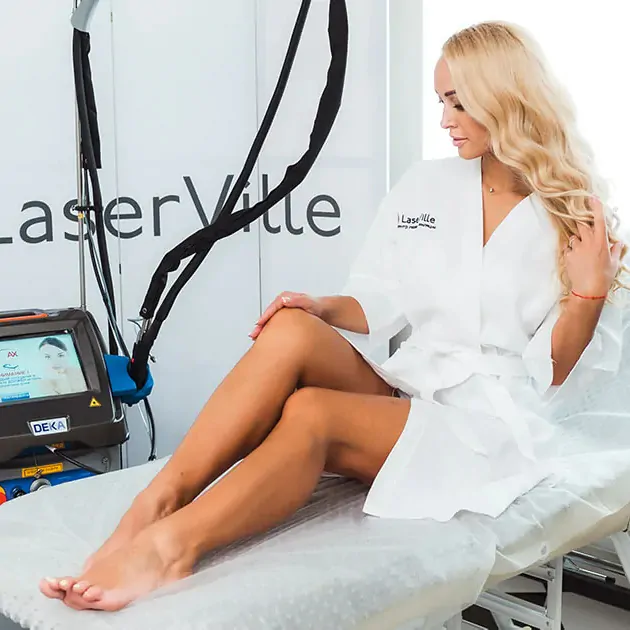













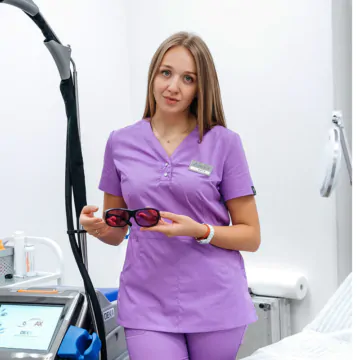










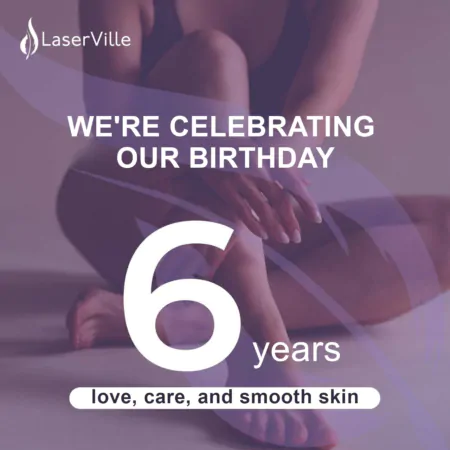
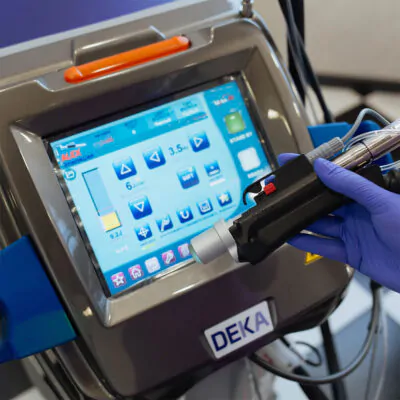

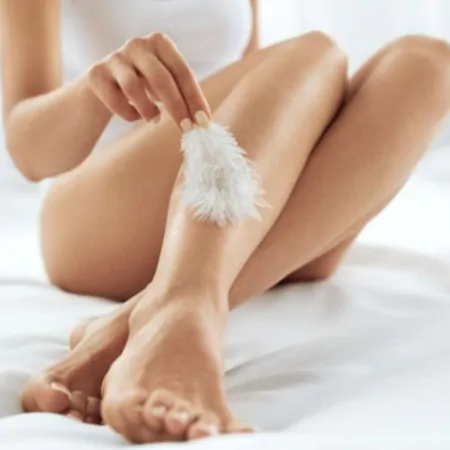
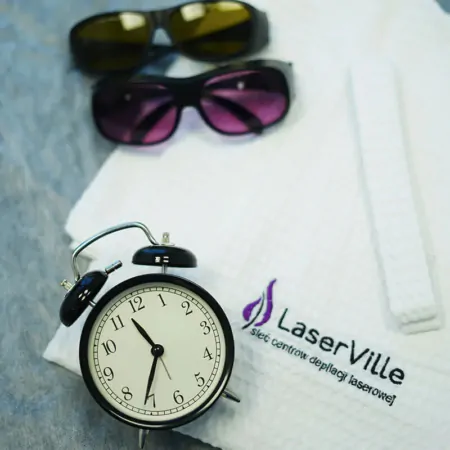




No reviews